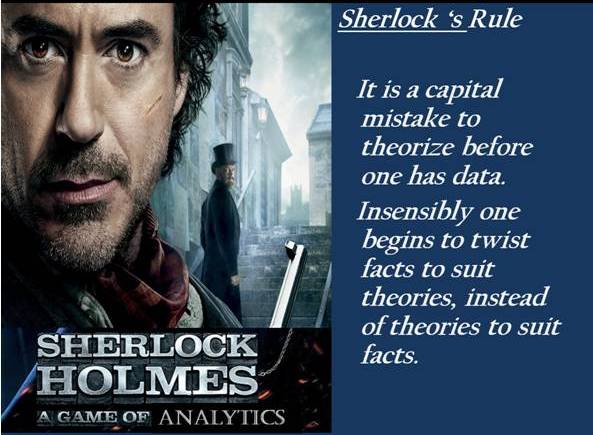Monte Carlo Simulation

DEFINITION
Quantitative risk analysis plays an important part in the assessment of the risks and uncertainties surrounding a decision problem. Monte Carlo simulation is a very powerful and flexible way of performing such quantitative risk analyses.However,Monte Carlo simulation is the principal analytical tool of risk analysis. Its direct objective is always to estimate the range of something [e.g., reserves, project cost, business unit annual production, net present value (NPV), rate of return]. Often, these estimates play key roles in management decisions regarding investment projects.
Monte Carlo Simulation allows the analyst to assign probability distributions to all uncertain components of a mathematical model of the problem and then, through random sampling of these distributions, determine the distribution of all potential outcomes that could occur under these uncertainties.
THE NAME
The name Monte Carlo simulation comes from the fact that during the 1930s and 1940s, many computer simulations were performed to estimate the probability that the chain reaction needed for the atom bomb would work successfully. The physicists involved in this work were big fans of gambling, so they gave the simulations the code name Monte Carlo.
ALGORITHM
MCS is based on the generation of multiple trials to determine the expected value of a random variable.
Monte Carlo simulation uses repeated random sampling to calculate results about physical and mathematical systems. It uses uncertainty in its inputs to generate a range of possible outcome s, which are then reported as results with a degree of mathematical confidence. The method tends to be used when it is infeasible or impossible to compute an exact result with a deterministic algorithm. The uncertainty used as inputs to Monte Carlo simulation is described using probability distributions, which define the range of values a variable might take, and the likelihood of those values occurring. The most commonly used probability distribution used for model ling project and business uncertainty is the triangular distribution, so called because it is defined by three points – a minimum, likely and maximum value.
For example, the time required to complete a task may be a minimum of 20 days ( best case), likely of 32 days and maximum of 50 days (worst case). This is called a three point estimate and is often based on historic information and experience (a building firm that has built hundreds of houses over several years will have a pretty good idea).
APPLICATIONS
Many companies use Monte Carlo simulation as an important tool for decisionmaking.
Here are some examples.
■ General Motors, Proctor and Gamble, and Eli Lilly use simulation to estimate both the average return and the riskiness of new products. At GM, this information is used by CEO Rick Waggoner to determine the products that come to market.
■ GM uses simulation for activities such as forecasting net income for the corporation, predicting structural costs and purchasing costs, determining its susceptibility to different kinds of risk (such as interest rate changes and exchange rate fluctuations).
■ Lilly uses simulation to determine the optimal plant capacity that should be built for each drug.
■ Wall Street firms use simulation to price complex financial derivatives and determine the Value at RISK (VAR) of their investment portfolios.
■ Proctor and Gamble uses simulation to model and optimally hedge foreign exchange risk.
■ Sears uses simulation to determine how many units of each product line should be ordered from suppliers—for example, how many pairs of Dockers should be ordered this year.
■ Simulation can be used to value “real options,” such as the value of an option to expand, contract, or postpone a project.
■ Financial planners use Monte Carlo simulation to determine optimal investment strategies for their clients’ retirement.
POPULAR OFFERINGS IN MARKET
Three major software offerings on the market today for Monte Carlo Sim are:
• Crystal Ball (Version 7.3.1 Professional) from Oracle (formerly Decisioneering)[www.crystalball.com]
• @RISK and its companion RiskOptimizer (5.0 Industrial – prerelease version) from Palisade[www.palisade.com], and
• Risk Solver (8.0 – beta) and its companion optimization software, Premium Solver Platform (8.0 – beta) from Frontline Systems, Inc.[www.solver.com/risksolver.htm]
Like above three, any Risk analysis/Monte Carlo simulation software should offer:
- an intuitive interface,
- a good base-set of probability distributions from which to choose, and
- a straightforward means of collaboration between analysts and decision makers. Technically, the program should be able to:
- run thousands of cases, permitting the analyst to examine the likelihood of extreme or “tail” events,
- model statistical interdependence between uncertain variables (correlated random draws),
- identify the uncertain variables that most affect the variation in the results distribution,
- clearly display the results distributions, and
- address optimization under uncertainty.

























If you’re looking for code samples, matlab has some demos for monte carlo simulation